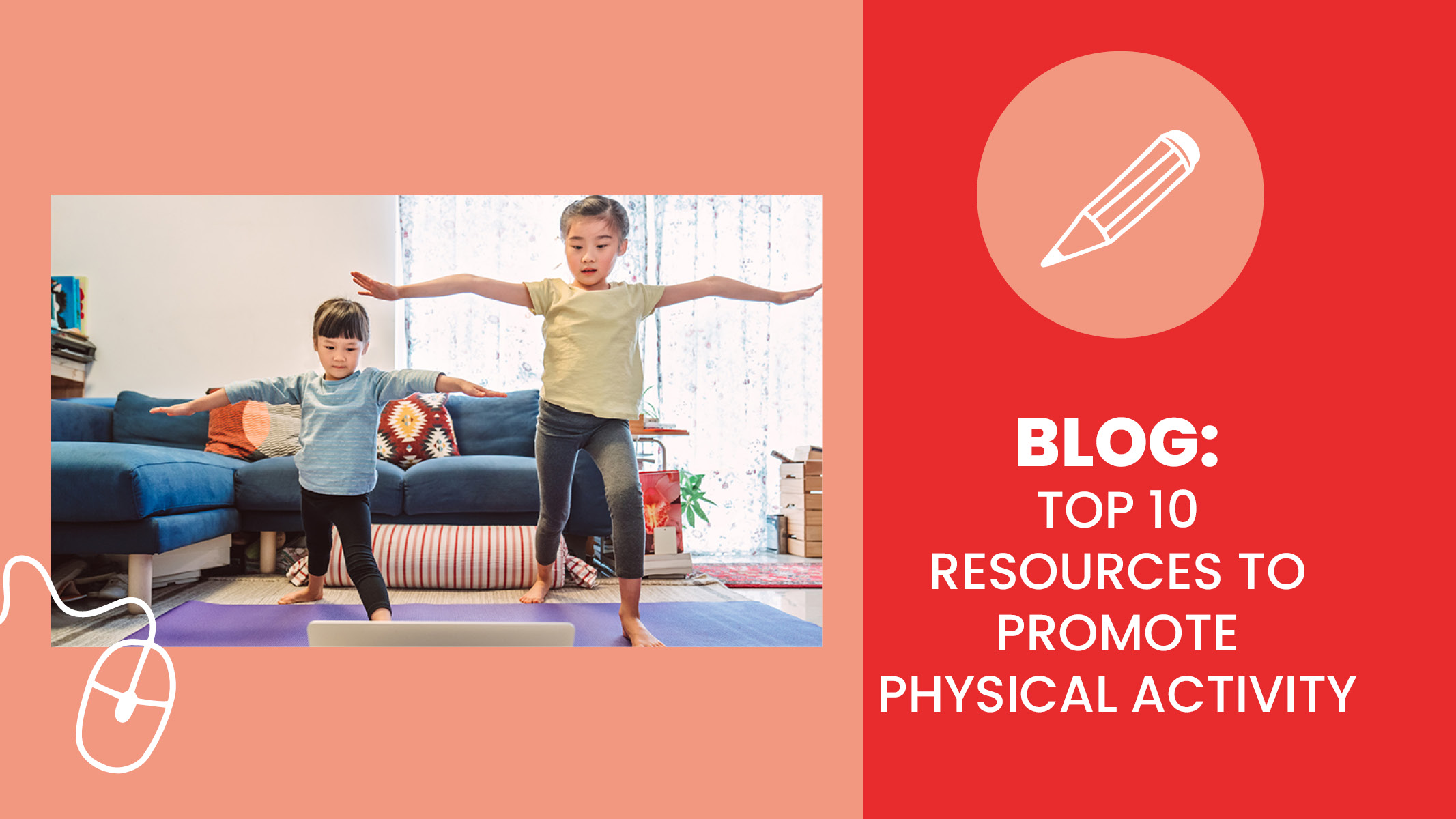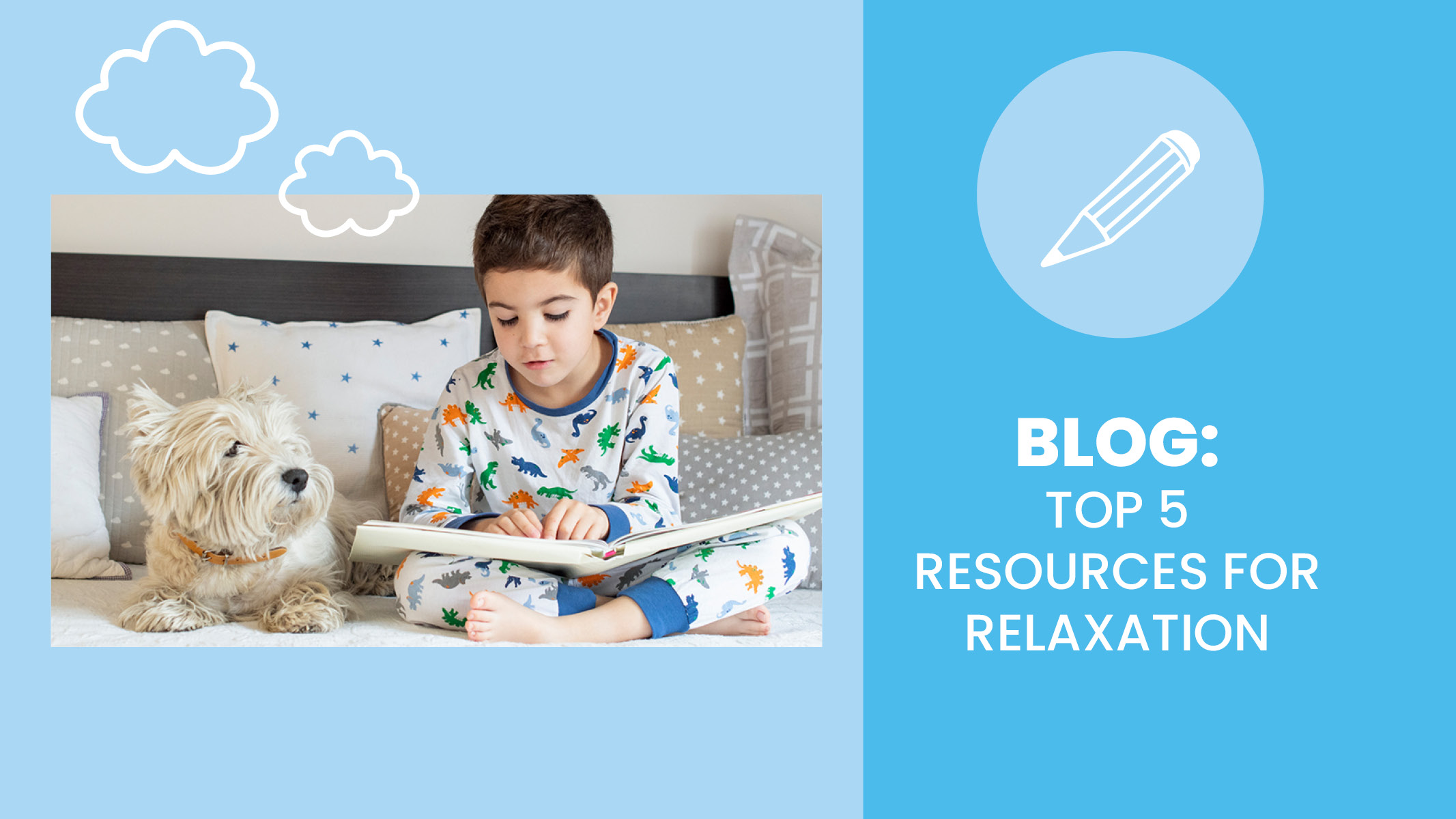How would you describe your child(ren)’s sleep space? Does the phrase “sleep zone” sound applicable? A “sleep zone” is an environment that promotes sleep and where a child can sleep their best. According to the American Academy of Pediatrics (AAP), when children get sufficient and quality rest in a sleep-friendly environment, they tend to have a healthier immune system and better school performance, behavior, memory, and mental health.
To help promote the best sleep possible, take the sleep zone quiz below! Read each statement, then decide (yes or no) if it describes your child’s sleeping environment. For parents with older kids, try taking the quiz together to help get them invested in their quality of sleep. Be sure to keep track of your yes’s!
There are no TVs or computer screens in the room. Good for you! With the TV and computer in another room, kids are less likely to stay up late staring at screens.
We turn off all screens 1 hour before bedtime. Yay, you have already started unplugging! Any screen activity—video games, computers, or cell phones—before bed can rev up the brain and make it hard to fall asleep. If your household isn’t turning off screens 1 hour before bedtime, that’s okay! Start implementing small changes as a family and check out these 10 Ways to Minimize Screen Time.
The room is dark. The body naturally senses light and wakes up. So the darker the sleeping area, the better the sleep. Of course, if your child prefers to have some light, like a nightlight, that's okay. Just make sure the light is not too bright.
The room is a comfy temperature for sleep. Being too hot or cold can keep your child from sleeping. Cold feet make it particularly hard to fall asleep. Got cold feet? Sleep with socks on. Too hot? Try putting a fan in the room.
You save wild colors—like neon pink or fluorescent green—for clothes and accessories, not walls or curtains. Maybe your child’s favorite colors are bold and bright. But for good sleep, stick with wall and curtain colors that are calming like soft grey, cool white, pale beige, calm blue, or any soft tone in a color that they like.
The room is tidy and clean. Believe it or not, clutter and dirt can interrupt sleep. Go ahead and pile stuffed animals on the bed during the day, but at night, make space to stretch out and snooze. Make picking up dirty clothes and putting the toys away part of a bedtime routine. Not only will your kids sleep better, but they won’t have to worry about tripping over things! Check out this fun bedtime routine activity to help kids remember all they can do at bedtime to get better sleep.
How many statements did you answer “yes” to? Check your total score to learn more about what you can do to create sleep zones in your home:
5 to 6 = Congratulations! Your child(ren) snoozes the night away in a sleep zone!
3 to 4 = The sleeping area is very close to being a sleep zone. Reread the quiz and decide what you can do to improve the space. Or print and complete this Sleep Zones activity to help kids identify what makes a good sleep zone and how they can improve theirs!
0 to 2 = You and your child(ren) may be too tired to make a lot of changes all at once. Try to accomplish one at a time. The more of these suggestions you can try, the closer you are to sleeping perfection!
To learn more about getting a good night’s sleep you might like:
Bedtime Relaxation for Kids
Making Unplugging Easy
Mindful Moments: 20 Printable Mindfulness Activities for Kids


